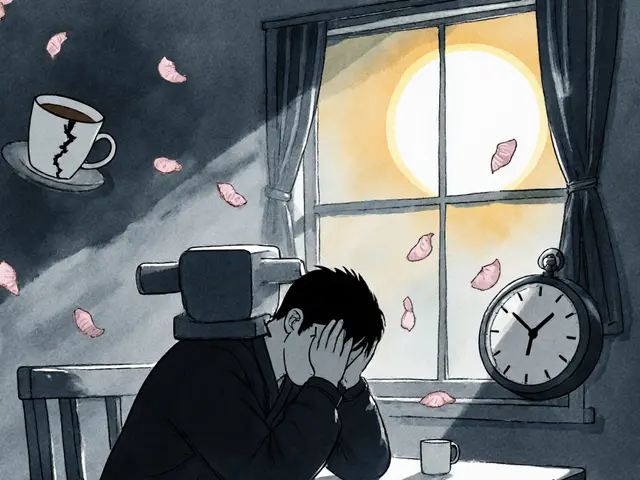Kritická incidentní intervence: Co to je a kdy ji použít
When someone experiences a sudden, overwhelming event—like an accident, violent attack, or death of a loved one—their mind doesn’t always know how to react. That’s where kritická incidentní intervence, strukturovaná pomoc poskytovaná krátce po traumatu, aby se předešlo dlouhodobým psychickým následkům. Also known as krizová intervence, it’s not therapy in the traditional sense—it’s more like emotional first aid, designed to stabilize people in the first hours or days after something terrible happens. This isn’t about digging into childhood or fixing deep-seated issues. It’s about helping someone breathe again, feel safe, and understand that what they’re experiencing is normal after an abnormal event.
Many people confuse kritická incidentní intervence with long-term psychotherapy, but they’re completely different. While therapy might take months or years, this intervention lasts hours or a few sessions. It’s often delivered by trained counselors, paramedics, or psychologists right after the event—sometimes even at the scene. In the Czech Republic, it’s used in hospitals, emergency services, and schools after incidents like school shootings, workplace accidents, or natural disasters. The goal? To prevent PTSD, porucha, která se může vyvinout, pokud trauma nezůstane zpracované. Studies show that timely intervention cuts the risk of long-term trauma symptoms by nearly half. It’s not magic—it’s practical. You listen. You normalize. You offer simple tools: breathing, grounding, connection. No jargon. No pressure.
This approach also works well for first responders, firefighters, or nurses who witness traumatic events as part of their job. They don’t always ask for help, but they need it. That’s why many organizations now have on-call teams ready to step in after critical incidents. And it’s not just for adults—children exposed to violence or loss benefit too. The key is speed and safety. If someone’s shaking, crying, or shutting down within 72 hours after a trauma, that’s when kritická incidentní intervence makes the biggest difference.
You’ll find real-life examples in the articles below: how it’s done in Czech hospitals, what happens when it’s delayed, and how it connects to other tools like stabilizing techniques before EMDR or peer support after trauma. Some posts even explain how families can support someone after an intervention. There’s no fluff here—just clear, grounded advice from people who’ve been there.
Kritická incidentní intervence (CISM) je systém podpory pro pracovníky po traumatických událostech. Zjistěte, jak funguje, kdy pomáhá, kdy ne, a jak je implementován v Česku.
Zobrazit detaily

